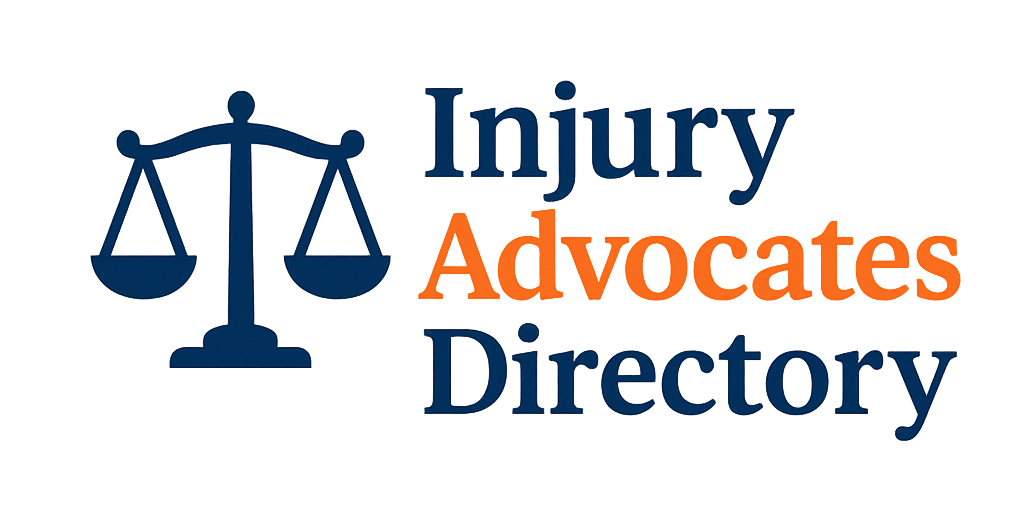When patients receive medical devices, they expect them to be safe and effective. Unfortunately, injuries from faulty medical devices can lead to severe health complications and significant emotional distress. This article explores the legal options available for those who suffer from such injuries, detailing the steps victims can take to seek justice and compensation.
What are injuries from faulty medical devices?
Injuries from faulty medical devices can encompass a wide range of adverse effects, from minor complications to life-threatening conditions. These devices, designed to assist, diagnose, or treat medical issues, can malfunction due to design flaws, manufacturing defects, or inadequate instructions.
Patients often experience devastating consequences, such as chronic pain, additional surgeries, or even permanent disability. Understanding the nature of these injuries is crucial for victims seeking legal recourse. Many patients may not realize the connection between their injuries and the medical device, making it essential to consult with a legal expert.
Victims may find themselves grappling with medical bills, lost wages, and emotional trauma. Legal options exist to provide compensation for these damages, but victims must first establish the link between the device's failure and their injuries.
Who can be held liable for injuries from medical devices?
Determining liability in cases of injuries from faulty medical devices can be complex. Several parties may be held responsible, including:
- Manufacturers: If a device is defective due to poor design or production processes, the manufacturer may be liable.
- Distributors: Entities involved in the supply chain, such as wholesalers or retailers, can be held accountable if they fail to ensure the safety of the products they distribute.
- Medical professionals: In some cases, doctors or healthcare providers may be liable if they use a device improperly or fail to inform patients of potential risks.
Establishing liability requires a thorough investigation into the circumstances of the injury, including examining the device's design and the actions of those involved. Legal advice from experts in medical device injuries is essential to navigate these intricacies.
What types of defective medical device claims exist?
Victims of faulty medical devices can pursue various types of claims based on the nature of their injuries and the device involved. Common types of claims include:
- Design defects: Claims related to inherent flaws in the design that make the device unsafe.
- Manufacturing defects: Claims arising from issues that occur during the production process, leading to unsafe devices.
- Failure to warn: Claims that assert manufacturers did not provide adequate instructions or warnings regarding potential risks.
- Negligence claims: These involve healthcare providers who may have used the device improperly, resulting in patient harm.
Each claim type requires different evidence and approaches, emphasizing the need for expertise in navigating the legal landscape surrounding medical device injury claims.
What must be proven in a medical device lawsuit?
To succeed in a medical device lawsuit, victims must establish several key elements:
1. Defect: The claimant must demonstrate that the device was defective. This could involve showing design flaws, manufacturing issues, or a lack of adequate warnings.
2. Causation: It must be proven that the defect directly caused the injury. This often requires medical evidence linking the device failure to the victim's condition.
3. Damages: Victims must provide evidence of the damages suffered due to the defect, including medical bills, lost income, and emotional distress.
The burden of proof lies with the claimant, making it essential to consult with a legal expert who can help gather necessary evidence and build a strong case.
What role does FDA approval play in liability?
The approval of a medical device by the FDA does not absolve manufacturers of liability. While FDA approval indicates that a device meets certain safety standards, it does not guarantee that the device is free from defects.
In cases of injuries from faulty medical devices, the following points are crucial to understand:
- Regulatory standards: FDA approval is based on the information provided by the manufacturer, which may not fully encompass the long-term safety and efficacy of the device.
- Post-market surveillance: Even after approval, devices are subject to monitoring. If issues arise post-market, victims may still have grounds for a lawsuit based on new evidence of the device's risks.
- Legal precedent: Courts often recognize that FDA approval does not shield manufacturers from liability, especially when defects are evident.
Victims should not hesitate to seek legal advice, as a knowledgeable attorney can help dissect the role of FDA approval in their specific situation.
What is the statute of limitations for medical device cases?
Understanding the statute of limitations is critical for victims. This legal timeframe dictates how long a person has to file a lawsuit after an injury. In many states, the statute can range from one to six years, depending on various factors.
Victims must be aware that:
- Discovery rule: In some cases, the statute begins when the victim discovers the injury, not when it occurred. This is particularly relevant for latent injuries that manifest long after device use.
- State variations: Each state has specific laws governing medical device injury claims, making it essential to consult with an attorney familiar with local statutes.
Failing to file within the statute of limitations may result in losing the right to pursue compensation, underscoring the importance of timely legal action.
How can victims seek compensation after an injury?
Victims of faulty medical devices have several avenues to seek compensation. The process typically involves:
1. Consultation with an attorney: Engaging with a lawyer specializing in legal recourse for medical device injuries is crucial. They can assess the case's merits and guide the victim through the legal process.
2. Gathering evidence: Victims must collect medical records, proof of expenses, and any other documentation that supports their claims. This evidence will be vital in establishing causation and damages.
3. Filing a claim: Depending on the circumstances, victims may file a lawsuit against the responsible parties or seek a settlement through negotiations.
4. Seeking compensation types: Compensation can cover medical costs, rehabilitation expenses, lost wages, and pain and suffering, among other damages.
Understanding these steps can aid victims in effectively navigating their cases and pursuing the justice they deserve.
Related Questions about Medical Device Liability
What is the medical device malfunction lawsuit?
A medical device malfunction lawsuit is a legal action taken by a patient who has suffered injuries due to a faulty medical device. These lawsuits aim to hold manufacturers, distributors, or healthcare providers accountable for defects that lead to patient harm. Victims can seek compensation for damages, including medical expenses, lost income, and pain.
In such cases, it’s essential to establish that the malfunction directly caused the injuries. A qualified attorney can help gather the necessary evidence, including medical records and expert testimony, to support the claim.
Who is liable for a defective medical device?
Liability for defective medical devices typically falls on several parties, including manufacturers, distributors, and healthcare providers. Manufacturers can be held liable for design or manufacturing defects, while distributors may be responsible for ensuring the safety of the products they sell.
Healthcare providers might also face liability if they fail to inform patients about potential risks or use devices improperly. Establishing liability requires a thorough investigation and understanding of the specific circumstances surrounding each case.
What should you do if medical equipment fails?
If medical equipment fails, the first step is to seek medical attention if necessary. Then, document the incident by noting the time, date, and circumstances of the failure.
It’s crucial to retain any product packaging, manuals, and correspondence with the healthcare provider. Consulting with a legal expert can help determine whether you have a potential claim and outline the steps to take for seeking compensation.
Who should be responsible for the errors in a medical device?
Responsibility for errors in a medical device can lie with various parties, including the manufacturer, who may be liable for design flaws or production errors. Distributors also play a role, as they must ensure the safety of the devices they market.
Healthcare providers can be held accountable if they provide inadequate information or use the device incorrectly. Each case is unique, and determining liability often involves extensive legal analysis and evidence gathering.

